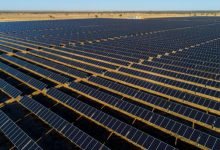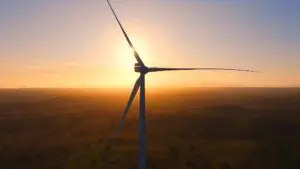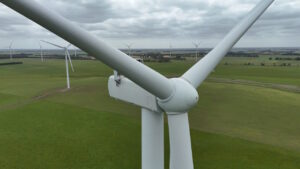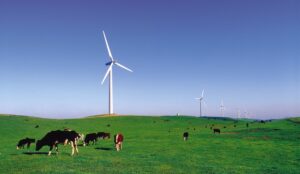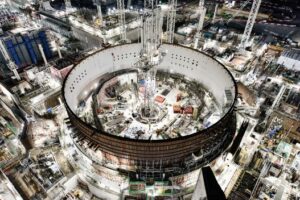Plans to build a 250 megawatt (MW) solar farm and four-hour 150 MW battery energy storage system in the New South Wales Southern Tablelands region will go ahead after finally winning state government approval.
The Gunning solar farm is being developed by Canadian Solar in Lade Vale, around 12km south-west of the township of Gunning and 40km east of Yass, on land largely cleared for cattle grazing.
The project had its start in the state’s planning pipeline under Netherlands-based renewables outfit Photon Energy, way back in 2017, and then in 2018 became part of a group of five NSW solar farms being co-developed as part of a deal between Photon and Canadian Solar.
The final design of the project, which has been adjusted along the way to retain native vegetation, avoid impacts on waterways, biodiversity and Aboriginal heritage, and to minimise social impacts, has now been approved.
“This Southern Tablelands solar farm is part of the NSW government’s commitment to generate the clean energy we need to reach our 2050 net-zero emissions target,” state planning minister Paul Scully said in a statement last week.
“We have a booming solar industry in NSW, which will become a vital part of our energy mix and job sector as we see coal-fired power stations retire in the coming years.”
In his statement on the Gunning project, Scully also noted that the state has been working closely with communities to make sure they see the “material benefits” of large-scale renewable energy projects such as this solar farm.
This was most likely a reference to the updated NSW Renewable Energy Planning Framework, which was released on Tuesday in a bid to tighten the rules for both developers and communities in the state, as the rollout of large-scale wind and solar ramps up to replace coal.
But while the reforms brought relief to wind farm developers by closing controversial loopholes such as those relating to phantom dwellings, the intending improvements to the Benefit Sharing Guideline section have not been so well received.
As Renew Economy reported on Thursday, the final guideline appears to put a cap on the total monetary value of a developer’s total contribution to neighbour and community funds, using language that wasn’t in the draft.
The guidelines also strongly recommend at least 85 per cent of any renewable energy community fund be turned over to councils to manage, sparking concerns the money could be spent on ordinary council business, such as roads, that the state should ordinarily pay for.
In the case of the Gunning solar farm, Scully says the local Upper Lachlan Shire Council and the community will receive $4.7 million over the life of the solar farm for community projects.
“Feedback from the community around this project was built into the conditions of consent and as result, Lade Vale will see additional road upgrades,” he said last week.
The solar farm is also expected to create 350 jobs over the course of its construction and bringing new investment into the area.

